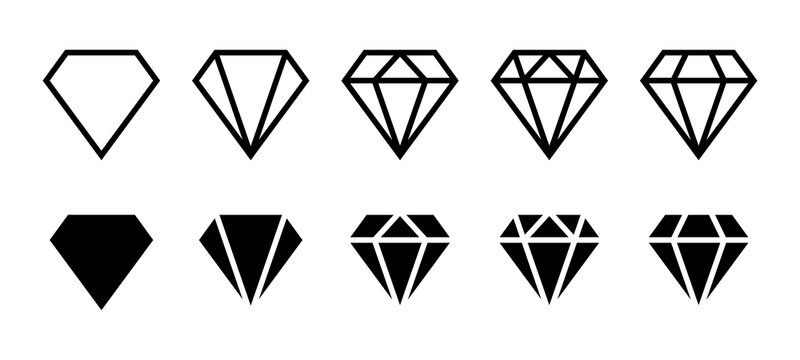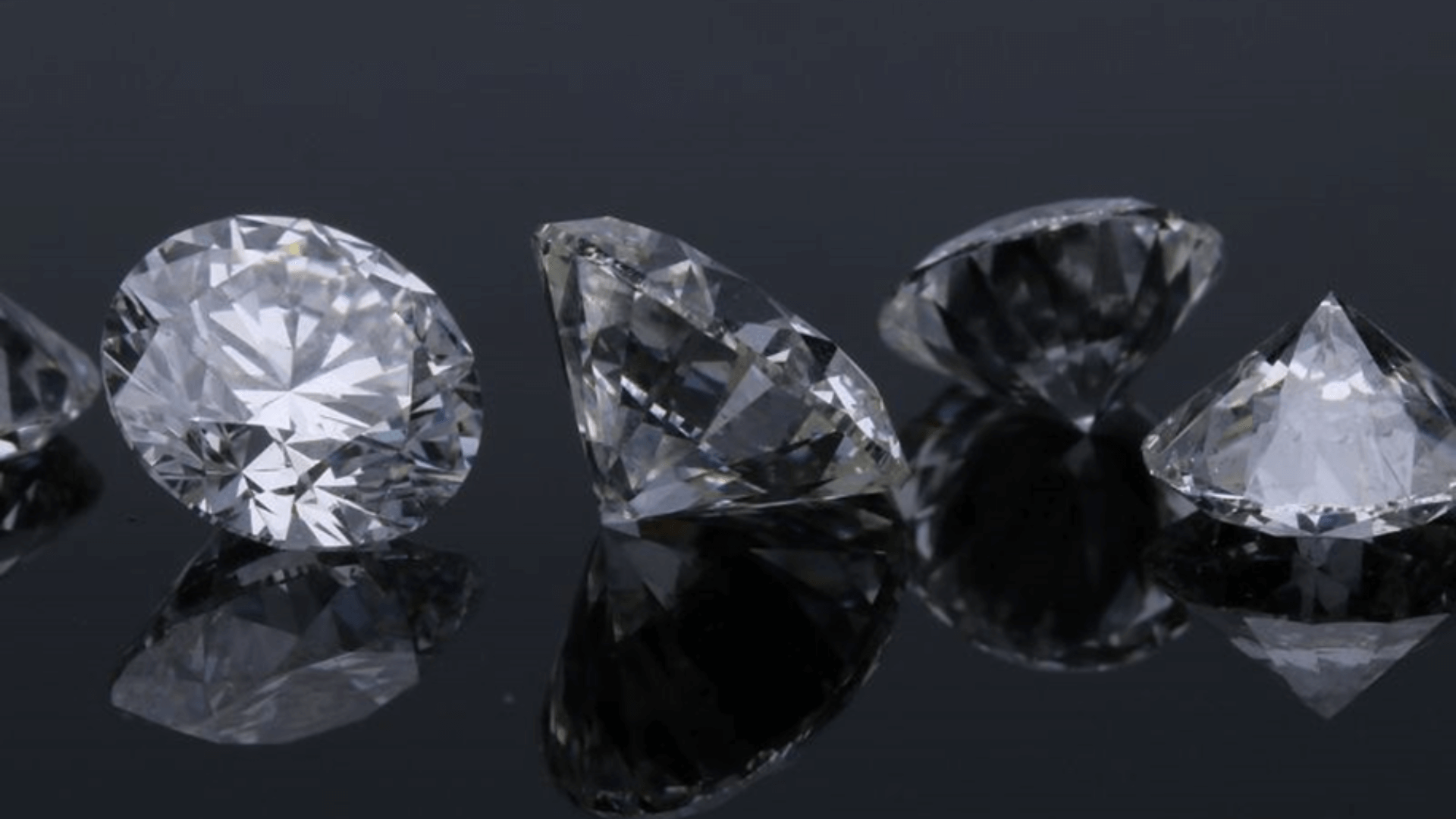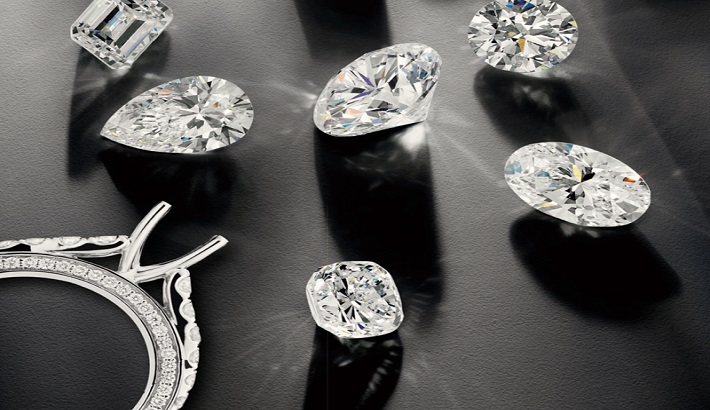Comparing Lab Diamond Rings: Platinum vs Gold – Which Is Right for You?

Introduction
In recent years, lab diamond rings have gained popularity among environmentally conscious consumers and those seeking affordable luxury without compromising on quality. The debate between platinum and gold settings underscores the importance of understanding the unique properties of each metal and how they complement the brilliance of lab-created diamonds.
What are Lab Diamond Rings?
Definition and Origin
Lab-created diamonds, also known as synthetic or cultured diamonds, are grown in controlled laboratory environments using cutting-edge technology that replicates the natural diamond formation process lab diamond rings platinum vs gold. Unlike mined diamonds, which are extracted from the earth through mining processes, lab diamonds offer a sustainable and ethical alternative.
Benefits of Lab Diamonds
Lab diamonds boast identical physical, chemical, and optical properties to mined diamonds, ensuring exceptional brilliance and fire. They are free from the ethical concerns associated with diamond mining and are typically priced lower than their mined counterparts, making them accessible to a broader range of consumers.
Overview of Platinum and Gold
Characteristics of Platinum
Platinum is revered for its rarity, durability, and naturally white luster, making it an ideal choice for showcasing the brilliance of lab-created diamonds. As one of the densest and heaviest metals used in jewelry, platinum offers unmatched durability and requires minimal maintenance over time.
Characteristics of Gold
Gold has been cherished for centuries for its warm hue, malleability, and timeless appeal. Available in various purity levels measured in karats, gold is prized for its versatility in jewelry design and its ability to complement different gemstones, including lab diamonds.
Lab Diamond Rings: Platinum vs. Gold
Durability and Longevity
Platinum’s exceptional density and strength make it highly durable, offering superior protection for lab diamond settings against everyday wear and tear. Its natural resistance to tarnishing and corrosion ensures that platinum rings retain their brilliance and beauty with minimal maintenance.
In contrast, while gold is a softer metal compared to platinum, it offers excellent durability when alloyed with stronger metals like copper or silver. However, gold jewelry may require periodic polishing to maintain its luster and appearance over time.
Aesthetics and Design Options
The choice between platinum and gold largely depends on personal preference and desired aesthetics. Platinum’s cool, white hue enhances the icy brilliance of lab diamonds, creating a striking contrast that appeals to modern sensibilities. Gold, available in shades ranging from classic yellow to trendy rose, offers warmth and richness that can complement various skin tones and jewelry styles.
Cost Comparison
Initial Purchase Costs
Platinum jewelry commands a higher price due to its rarity and density, making it a luxurious investment for those seeking lasting value and prestige. Gold, while also prized for its intrinsic value, is generally more affordable than platinum, particularly in lower karat purities.
Long-term Maintenance and Upkeep
While platinum’s initial cost may be higher, its durability and minimal maintenance requirements translate into long-term savings and lasting beauty. Gold, while more affordable upfront, may incur higher maintenance costs over time due to its softer nature and susceptibility to scratches and dents.
Environmental Impact
Mining vs. Lab Production
Choosing lab-created diamonds and recycled metals like platinum or gold reduces the environmental footprint associated with traditional mining practices. Lab diamonds require significantly less energy and water to produce compared to mined diamonds, contributing to a more sustainable jewelry industry.
Sustainability Considerations
By opting for lab-created diamonds and responsibly sourced metals, consumers can support ethical practices and promote sustainability within the jewelry sector. These choices help mitigate the environmental and social impacts of diamond mining while enjoying exquisite, guilt-free jewelry pieces.
Popularity and Trends
Current Market Trends
The demand for lab-created diamonds and sustainable jewelry options continues to rise as consumers prioritize ethical sourcing and environmental responsibility. Platinum and gold remain timeless choices, each appealing to different preferences and style aesthetics in the ever-evolving jewelry market.
Consumer Preferences
Personal taste often dictates whether one chooses platinum or gold for their lab diamond ring. Platinum appeals to those seeking a sophisticated, minimalist look, while gold offers versatility and warmth that resonates with traditionalists and trendsetters alike.
Lab made diamonds, also known as synthetic or cultured diamonds, are created in a controlled environment that replicates the natural diamond-growing process. These diamonds have the same chemical composition, crystal structure, and physical properties as natural diamonds formed over millennia underground.
Buying Considerations
Factors to Consider Before Purchase
Before selecting a lab diamond ring set in platinum or gold, consider factors such as lifestyle, budget, and personal style preferences. Assess the durability, maintenance requirements, and long-term value of each metal to make an informed decision that aligns with your needs.
Choosing the Right Metal and Setting
Consult with a reputable jeweler to explore customization options and select a metal setting that enhances the brilliance of your lab diamond while reflecting your individuality and aesthetic preferences.
Caring for Lab Diamond Rings
Cleaning and Maintenance Tips
To maintain the allure of your lab diamond ring, regularly clean it with a mild solution of dish soap and warm water, using a soft brush to gently remove dirt and debris. Avoid exposing your ring to harsh chemicals and store it in a separate pouch or compartment to prevent scratches.
Avoiding Common Issues
Protect your lab diamond ring from sudden impacts and extreme temperatures, as both platinum and gold are susceptible to damage under severe conditions. Schedule periodic inspections with a professional jeweler to ensure the integrity of your ring’s setting and stones.






